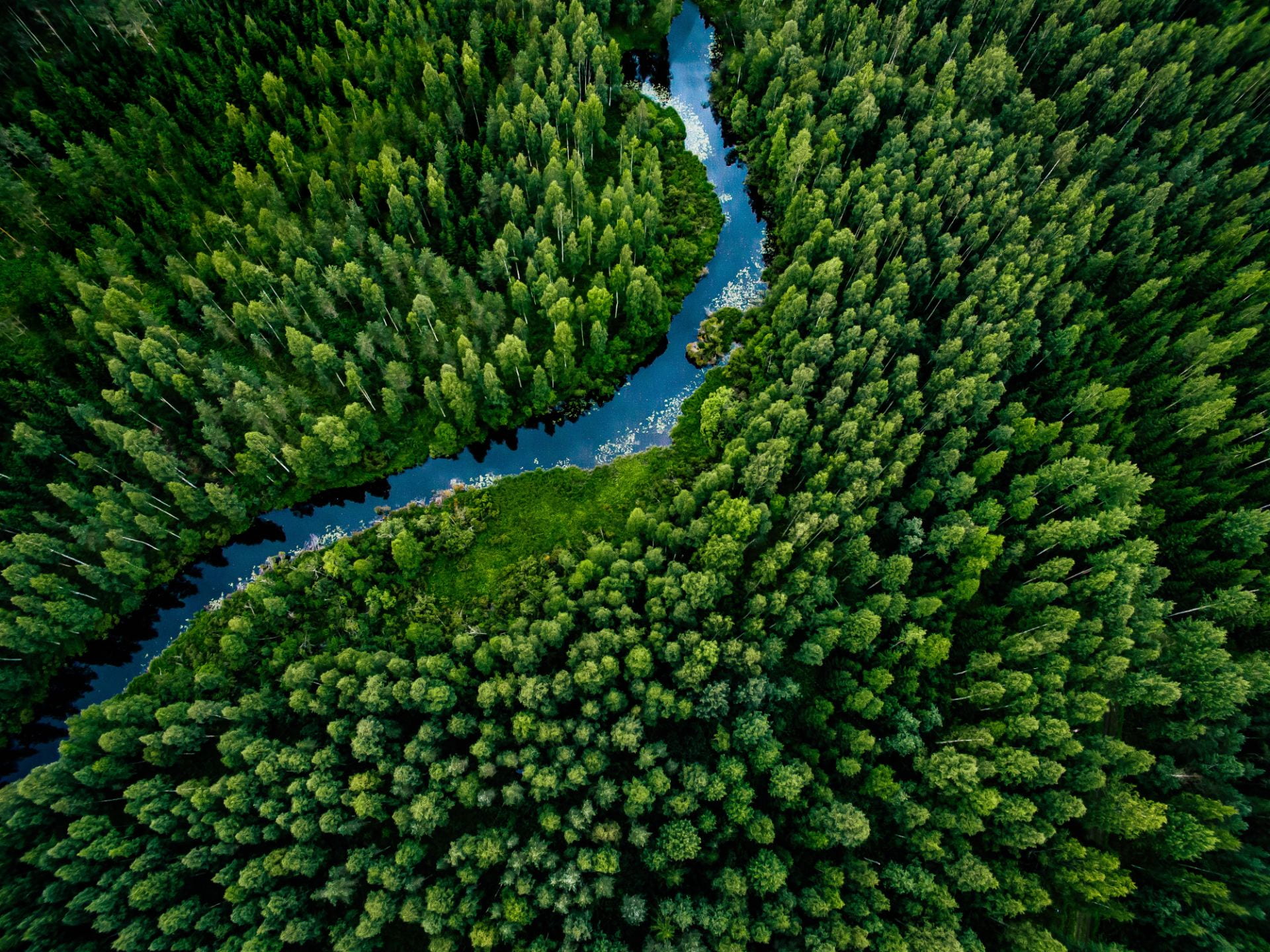A Conversation with Journalists and Editors from Inside Climate News
Historically, journalists have struggled to report on climate change. If they reported on it at all, they incorrectly presented it as a debate, with the majority of the scientific community on one side and the fossil fuel industry on the other. Unfortunately, their aim of balance ironically led to biased reporting on the issue and ultimately a misinformed public, not to mention idle policymakers.
But Inside Climate News (ICN) was different, said Michael Mann, Presidential Distinguished Professor and Director of the Penn Center for Science Sustainability and the Media (PCSSM), at a panel discussion on September 18. The panel was composed of editors and reporters from ICN, which is a Pulitzer prize-winning, nonprofit, nonpartisan news organization that has been reporting on climate change since 2007.
“ICN never adopted the frame that was all too common back in the day that climate change is a disputed matter and we should cover both sides: They embraced what I think is the proper journalistic view that there are facts here and there is objective truth,” Mann said. “That sent a very important message to legacy media at that time, and I think ICN can take some credit for having shifted the dynamic. Now other media outlets start at that same point.”
ICN took climate change seriously before many other outlets did, as even in the early 2000s climate change was a severely underreported topic. “I was the guy who in the late 90s, early 2000s got laughed out of my newsroom for saying that we needed to have a climate beat,” said Michael Kodas, a Senior Editor at ICN. “People thought, we’ve got a weather report and that’s good enough.”
This lack of coverage on climate change is exactly why the journalist David Sassoon started ICN, said Vernon Loeb, the Executive Editor at ICN. “Everybody covers climate now but I would argue that 90 percent of the story is still uncovered,” he added. “I think our presence has made the case to everybody that, if you care about public affairs, you’ve got to be covering climate.”
But how do you get people to care about climate change in the first place? Echoing the sentiments of journalists at PBS and WHYY at a PCSSM event on September 12, Kodas said “storytelling is the key,” adding, “You can get people to pay attention to the survivors of a wildfire or the drama of an evacuation, and, before they know it, they’re learning about how climate change is related to those events.”
In some ways this may mean science might have to take a backseat when covering climate change. “As much as the science is important, if we can’t link the story to people who are experiencing climate change on a daily basis, how is the science going to get out there?” said Victoria St. Martin, a reporter at ICN. “My focus has always been on the people because, at the end of the day, climate change is an environmental injustice because of the people that are affected.”
St. Martin told the audience about a story she wrote about the residents of Grays Ferry who live near one of the nation’s largest and oldest oil refineries based in Philadelphia. The refinery was closed in 2019 after an explosion sent toxic fumes into the air. While this closure brought much joy to Philadelphians, people living near the refinery still experience what psychologists call ecoanxiety, a form of post-traumatic stress disorder related to environmental disaster.
“This refinery has forever changed generations upon generations of Philadelphians,” said St. Martin. “Climate change isn’t just about the dread of the future,” she added. “It’s also about the dread of where you’re living right now and we have to write about this.”
Marianne Lavelle, another reporter for ICN, agreed with St. Martin that putting the people front and center is the best way to tell the story of climate change. “I went to Kentucky where they’ve had catastrophic flooding because of two things closely related to climate change: coal mining, which stripped the underground and weakened it, and deforestation,” she said. Unfortunately, despite the flooding, the U.S. Forest Service still permitted clear cutting in the area.
Her way into this story was through a logger who was fighting against this clear cutting. “You don’t think of him as a tree hugger, but he realizes the connection with climate change,” said Levelle. “People across the political spectrum living in these communities near the forests are aware of how the forest is their protection from climate change – it’s literally a carbon sink.”
Discussion about how we can take action in our communities continued into the Q&A. In response to a question about what small businesses can do to help with climate change, Kodas simply said, “just exist,” adding, “Supporting our local economy – instead of having Amazon bring us another box that’s associated with a bunch of emissions – in itself is good for the climate.” Or as the saying goes, ‘think global, act local.’

